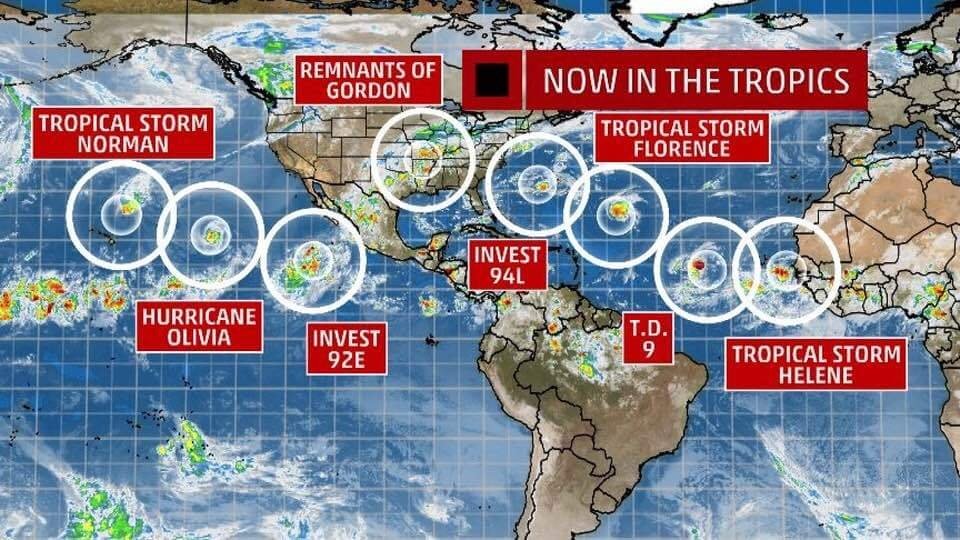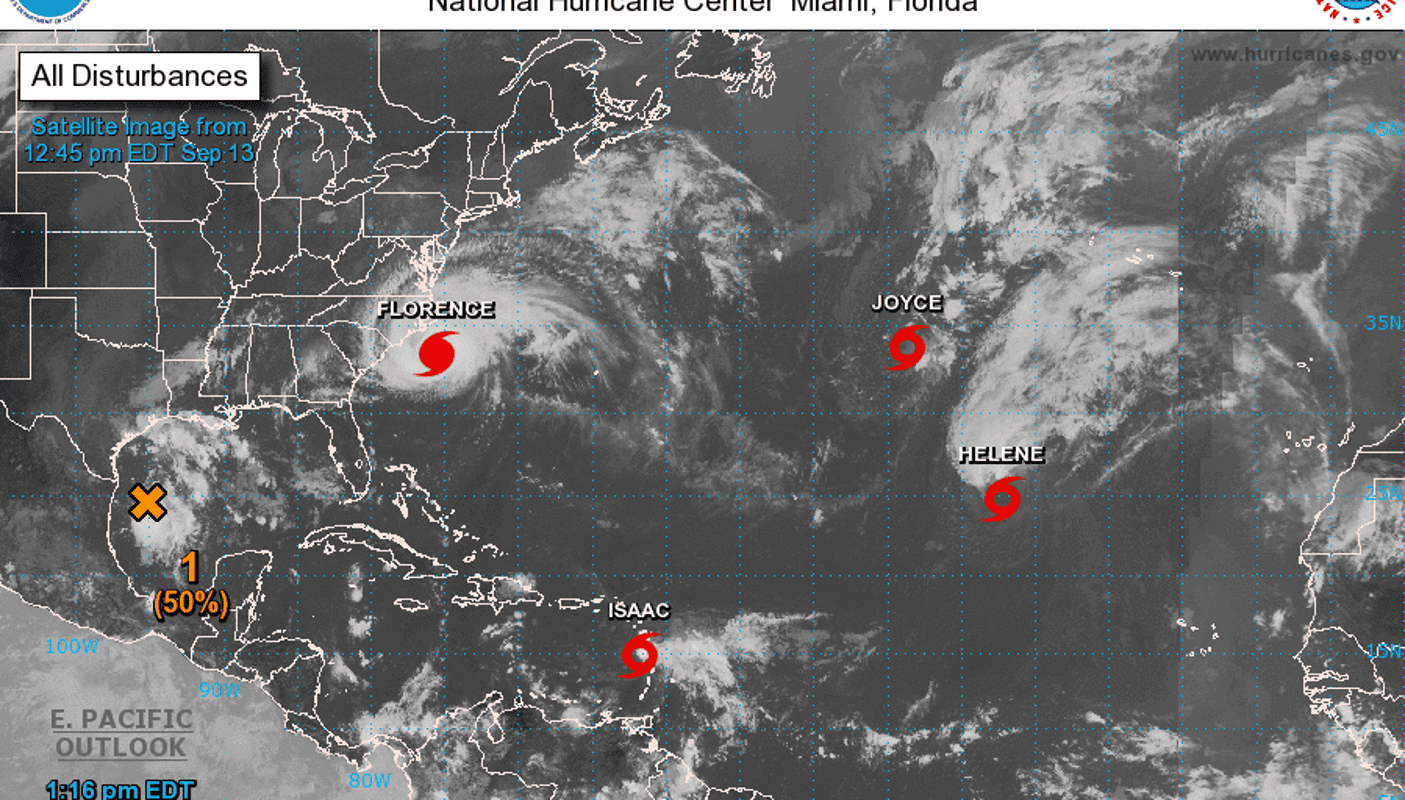
The National Hurrican Center is working overtime. This division of the United States' National Weather Service is responsible for tracking and predicting weather systems within the tropics between the Prime Meridian and the 140th meridian west poleward to the 30th parallel north in the northeast Pacific Ocean and the 31st parallel north in the northern Atlantic Ocean.
In South Carolina, Governor Henry McMaster ordered a mandatory evacuation of the state's entire 187-mile coastline beginning at noon Eastern on Tuesday.
The mandatory evacuation order extends to eight counties along South Carolina's coast: Jasper, Beaufort, Charleston, Colleton, Dorchester, Berkeley, Georgetown, and Horry Counties. Schools, state government offices and medical facilities, including nursing homes in those counties, will be evacuated as well, McMaster said. He estimated that about one million people will be affected by an order and this includes any visitors and residents as well.
The eastbound lane of Interstate 26 into Charleston and Route 501 into Myrtle Beach will be reversed beginning tomorrow when the order takes effect, McMaster said at a Tuesday press conference.
But there are more weather patterns to watch out for. Maryland declares a state of emergency and there's more to come.
There are several threats in the tropics: Typhoon Mangkhut continues to impact Guam and CNMI; impacts of Hurricane Olivia are expected to reach Hawaii on Tuesday, and Hurricane Florence is now a major hurricane and should be closely monitored by residents in the Southeast and Mid-Atlantic. Flood threats continue in the Northeast due to the remnants of Gordon and in the western Gulf Coast.
The Atlantic hurricane season officially began June 1, but cooler water and higher wind shear winds moving at different speeds and directions early in the season are less than ideal for tropical systems to gain and maintain strength.

